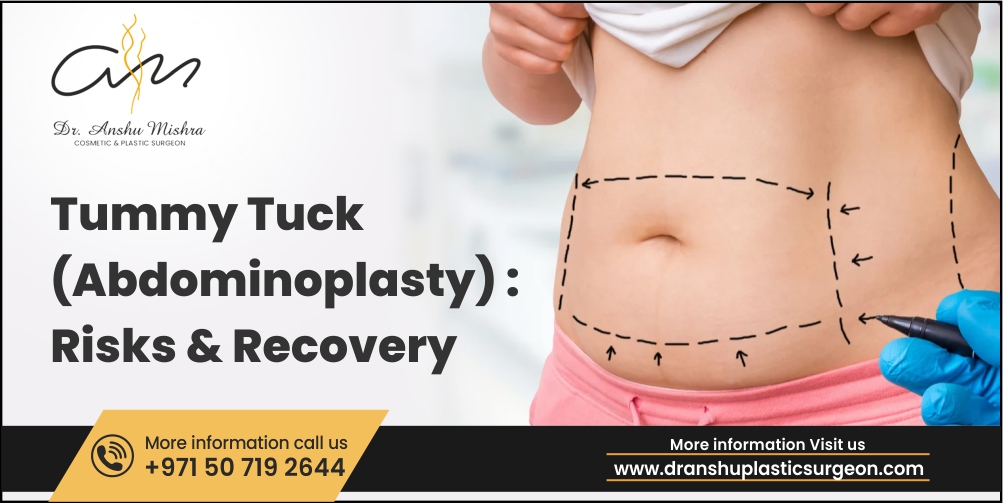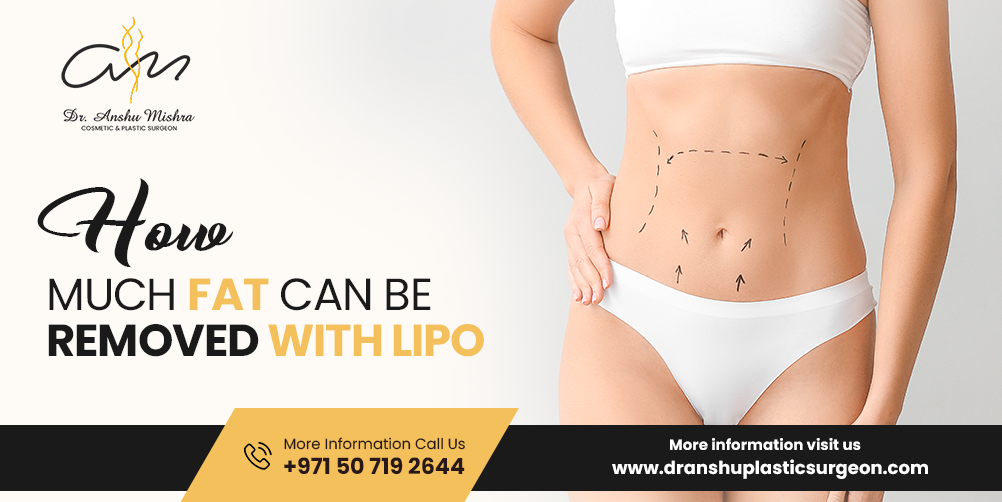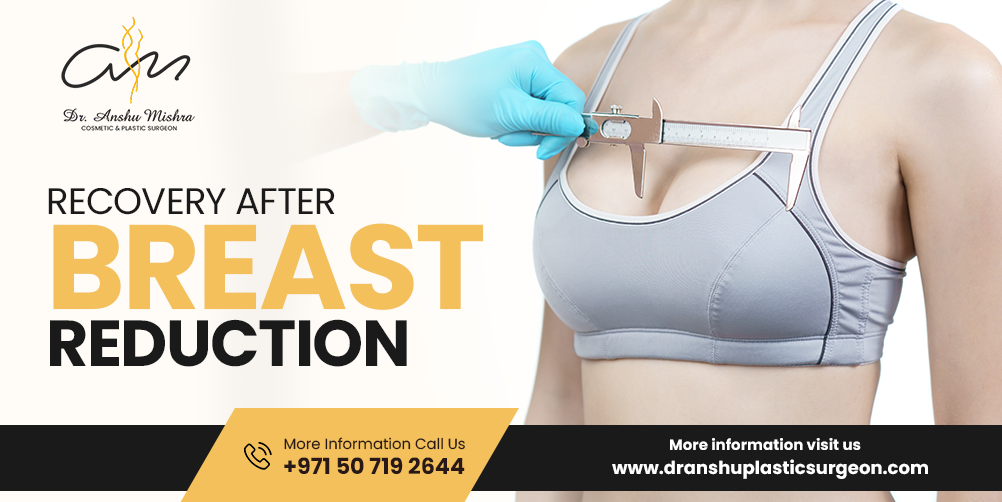A tummy tuck treatment, commonly known as abdominoplasty, aims to improve the look of the abdomen by removing extra skin and fat and tightening the abdominal muscles. Although a tummy tuck can have life-changing effects, it’s crucial to be aware of the dangers and other factors involved. An in-depth discussion of the risks associated with tummy tuck surgery and helpful tips on the healing process is provided in this blog.
Table of Contents
ToggleRecovery After Tummy Tuck Surgery
- Post-Operative Care: Following a tummy tuck treatment, patients are recommended to follow the directions of the doctor for taking the prescribed painkillers and antibiotics. Attending all follow-up appointments is crucial, as is following the surgeon’s instructions on compression garment use, activity limitations, and wound care.
- Managing Pain: After a tummy tuck surgery, pain, edema, and bruising are frequent side effects. Surgeons may suggest over-the-counter painkillers or prescription painkillers. Swelling and bruising can be lessened by wearing pressure garment , using cold compresses and maintaining an elevated position for the body.
- Resuming Activities: Recovery time vary from person to person, but most patients may anticipate returning to mild activities within a week or two of tummy tuck surgery. To allow for adequate recovery, it is best to refrain from strenuous activity for a few weeks, including heavy weight lifting and vigorous exercise.
- Scar Management: For optimum healing, proper scar care is crucial. Surgeons may advise silicone sheet, scar creams, or other therapies to lessen the visibility of scars. Avoiding sun exposure is essential to preventing pigmentation changes in scars.
- Emotional Health: Throughout the healing process, it’s common to feel a variety of emotions. Having reasonable expectations and realizing that the ultimate effects could not become completely apparent for several months is crucial. Any emotional difficulties can be overcome by seeking assistance from close friends or family members, or a professional.
- Long-term effects: When coupled with a healthy lifestyle that includes regular exercise and a balanced diet, a tummy tuck treatment can produce long-lasting effects. The benefits of the operation can be maintained by maintaining a steady weight and forming healthy behaviors.
Risks of Tummy Tuck Surgery
- A tummy tuck has the same risks of bleeding during and after surgery as any other surgical operation. By applying accurate surgical methods and using the right tissue handling and control procedures, surgeons take care to reduce bleeding.
- There is a chance of infection after every surgical operation, including a tummy tuck. To reduce the danger of infection, surgeons use prophylactic steps, including giving antibiotics and upholding rigorous sterile standards.
- Incisions made during a tummy tuck surgery may leave scars. The surgical method employed, the scope of the surgery, and personal healing capacities are a few examples of the variables that might affect the length and appearance of the scars. However, experienced surgeons work to carefully put incisions, often below the bikini line, to make sure scars are as undetectable as possible.
- Following a tummy tuck treatment, some patients may have sluggish or delayed wound healing. Smoking, diabetes, inadequate nutrition, and pre-existing medical disorders are among the factors that might lead to this. To ensure the best possible wound healing, it is imperative to adhere to the surgeon’s pre and post-operative recommendations strictly.
- After a tummy tuck surgery, the abdominal region may experience temporary or long-lasting changes in the sensation of overlying skin, such as numbness or increased sensitivity. These alterations usually go away with time, although they occasionally linger.
- Seroma can form at incision sites. A seroma is a buildup of fluid at the surgical site under the skin. Seromas can heal on their own, but to avoid problems, they sometimes need to be drained with a needle or surgically removed.
- After every surgery, there is a chance that blood clots (deep vein thrombosis) can form in legs. Surgeons use certain precautions and preventive treatments such as early ambulation, compression stockings, and medication to reduce this risk.
Conclusion
While a tummy tuck treatment may have life-changing effects, it’s important to be aware of any possible risks and the length of the recovery period. People may reduce risks and maximize the advantages of a tummy tuck by selecting a qualified and experienced plastic surgeon, paying close attention to post-operative instructions, and having realistic expectations. Consult a skilled surgeon who can walk you through the procedure, answer your queries, and assist you in achieving your cosmetic objectives if you are thinking about having a tummy tuck surgery.















